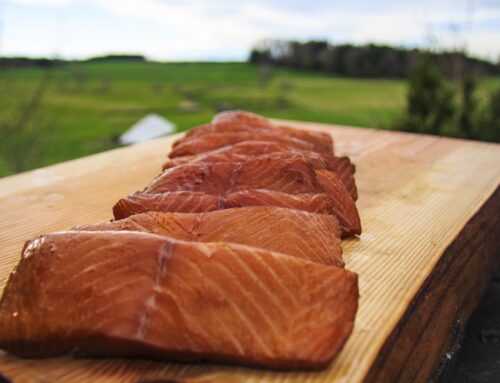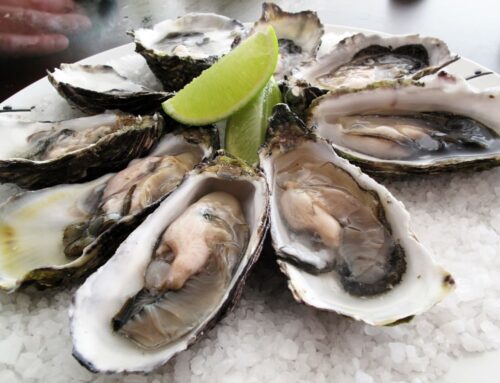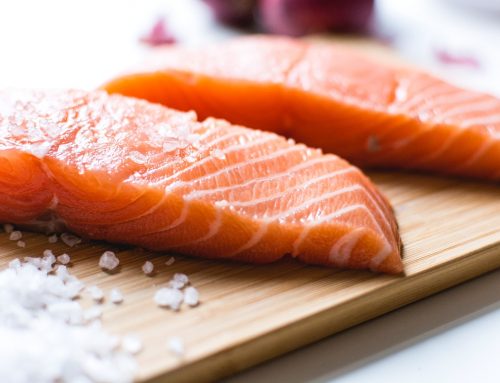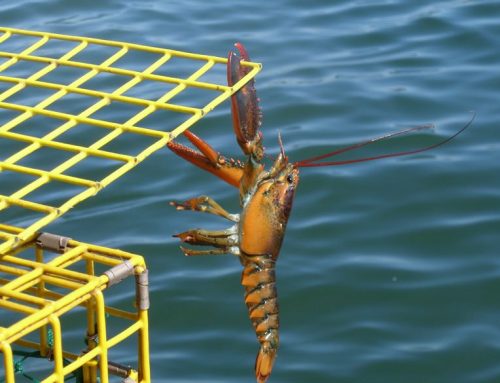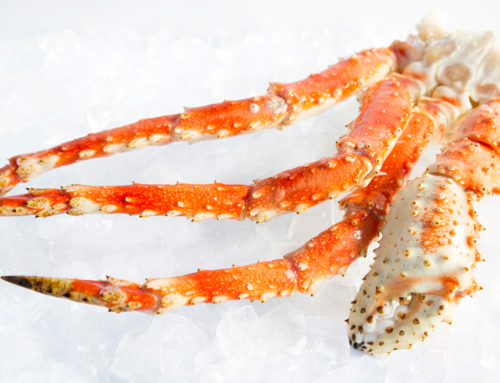Halibut shipped from Alaska is one of the most sought-after meals in fresh and frozen fish delivery. Packed with nutrients and with a flaky texture, halibut is beloved by fish enthusiasts and seafood skeptics alike, making it an excellent choice for large gatherings, family dinners, and special locations. And, while this fish may be available at your local grocery store, nothing beats the taste of wild-caught Alaskan halibut.
Halibut is easy to store, thaw, and cook. In fact, the hardest part about finding Halibut shipped from Alaska is deciding which provider to use. This guide is designed to help you understand why Alaskan halibut is highly sought, how the fish is shipped from the Last Frontier, and how to choose your fishing company.
Why Buy Halibut Shipped from Alaska?
Halibut is an extremely popular seafood item. With a sweet, delicate flavor and a flaky but firm texture, the fish’s snow-white flesh is highly sought after by fish lovers around the world. Halibut is naturally lean, a great source of both potassium and magnesium, and is low in overall calories, fat, and sodium. Whether you’re looking to make healthier food decisions or love the fish for its unique flavor, halibut is a wonderful choice.
Halibut is available frozen year-round, but fresh fish can be purchased from March through mid-November. That said, if you’re buying online, frozen will likely be the only option, especially if the fish is halibut shipped from Alaska. Still, this won’t impact the quality of the product. While halibut are often too large to be flash-frozen onboard fishing vessels, like salmon might, it is processed (filleted) as quickly as possible and frozen in various portions and cuts. The speed and depth of this freezing process maintains the flavor, texture, and quality you can expect from an Alaska fish.
How Halibut is Shipped from Alaska
In most cases, halibut shipped from Alaska is sent as boneless fillets packaged in vacuum sealed and/or frozen pieces. Depending on the provider you use, you’ll be able to choose from an array of fillet cuts, cheeks, and steaks of varying sizes and weights. In some cases, you may even be able to get your hands on a full fish, but this is a rare find.
Because halibut are not shipped live, as lobster might be, customers do not need to pay the premium for overnight shipping. Most frozen or vacuum-sealed halibut will be okay if you select Express or 3-day delivery from your provider. The issue here is not whether the fish will go bad, but rather if the ice it’s shipped on will melt. If the temperature inside the package dips below freezing, your fish might spoil.
On that point, most halibut is shipped in similar containers. Providers typically choose frozen and/or vacuum sealed packages of meat based on your order, then pack them carefully into a Styrofoam container alongside cooling agents. This container is sealed, it is placed into a shipping-ready box, and sent on its way.
Choosing Your Seafood Provider
If you’re looking to buy halibut online from an Alaska retailer, you’ll have dozens of options.
- Choose a provider that advertises specific halibut cuts. Rather than providing information about which part of the fish a cut comes from, many providers choose instead to simply advertise “portions.” While this can be useful for those buying for a crowd, you’ll want the flexibility to choose what type of cut you prefer.
- Find transparent information about sourcing. We don’t mean to say that your provider should tell you the exact square mile in which your halibut was caught. Rather, reputable companies will give customers a look into the fishing process. Are the fish wild-caught? How far are they transported before getting processed and frozen? Does the company outsource the fishing labor, or do they have their own fleet of boats? This information will give you some insight as to how high-quality a specific product might be.
- Customer service is key. Even if a company does everything right, sometimes the shipping provider screws up on a delivery’s final leg. When this happens, you’ll want an understanding customer service team. Look for Yelp reviews and customer testimonials about when things go wrong in a halibut or frozen fish delivery. Was the company understanding? Did they provide a refund?
How to Ship Your Halibut Catch from Alaska
While most people looking for resources about Halibut shipped from Alaska to buy online, some will be looking for strategies for transporting their catch home. Halibut is a uniquely difficult fish to catch and ship without industrial processing power. As the largest of all flatfish, Alaskan halibut can grow to be well over 500 pounds, though the average weight is between 35 and 50 pounds. Still, a 40-pound fish is a lot for one person to process, clean, fillet, and package at the end of a fishing vacation.
If you’re choosing a guided fishing tour on Alaska’s coast, your tour company will likely provide access to a game processor. In this case, the fish are retained, fillet, wrapped, and frozen as part of your package price, and the processor will hold the fish until it is convenient to ship it to your home. While this is the most expensive option, you’ll be able to avoid extra baggage fees on your flight home.
Some fishers who visit Alaska without a touring company may opt to process the fish themselves, or perhaps choose a local fish processor. If this is the case, you’ll need to choose between transporting your catch via checked baggage on your return flight (check your airline for specific deals, like this guide from Alaska Airlines) and shipping express from a local provider or post office. While the former is cheaper, the latter is more convenient for those traveling long distances. Schlepping frozen halibut through airport security is a lot easier said than done.
(Army photo/John Pennell)
Take note of our Affiliate Relationships that may exist with this page and companies listed on it.


